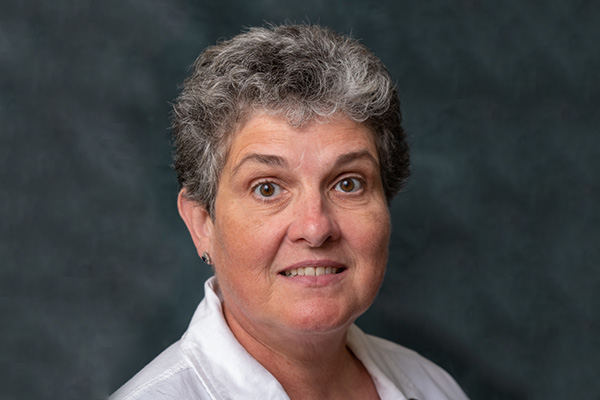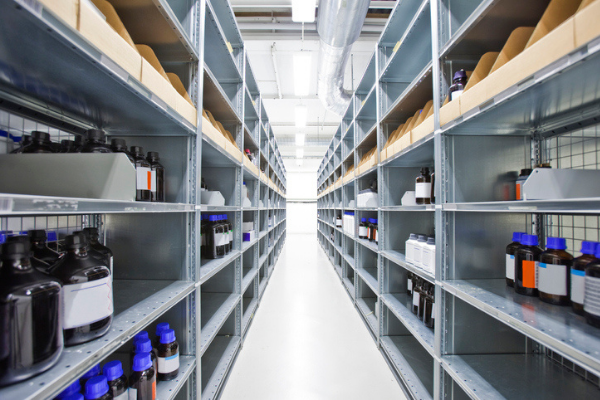By: Christina Bodurow, Vice-President, Global Regulatory Affairs, IQVIA, ACS Board of Directors, District II

Christina (Chris) Bodurow is Vice President of Strategy and Operations in the Data Science, Statistics and Regulatory Division of IQVIA. She retired as Senior Director of External Sourcing in the Medicines Development Unit after 33 years with Eli Lilly and Company in 2017. She received her bachelor's degree in chemistry from Kalamazoo College in 1979 and earned her Ph.D. in Organic Chemistry from Princeton University in 1984. She joined Eli Lilly in 1984 in the Chemical Process Research Division, and held multiple R&D leadership roles during her Career. She has been a member of the American Chemical Society since 1980.
The biopharmaceutical industry is well-known to be one of the most highly regulated industries. Some of the reasons for this are obvious: the medicines that pharmaceutical companies discover, develop and manufacture are consumed by millions of people around the world every day. In order to ensure the health and safety of these patients, exceedingly high standards need to be set for all stages of development and manufacture of the actual medicinal product itself.
Some of the reasons for regulation go beyond this obvious situation but are no less important. First, thousands of employees are engaged at all stages of the drug development process, from discovery chemistry, process and formulation, animal studies, and human clinical trials. Second, the protection of the workers in the analysis labs, pilot plants and manufacturing facilities of pharmaceutical companies must be regulated to ensure worker safety. And finally, the protection of the doctors, nurses, pharmacists and literally anyone who touches a pharmaceutical product through its supply chain and chain of custody also needs rules and regulations.
Pharma companies have rigorous policies and procedures to address all these aspects of human safety. Many are derived from global and local legislation and regulation, but a fair amount of a company’s safety procedures will be tailored to the specifics of the medicinal products that are being developed and tested. For example, the biological properties of the medicinal product will dictate the level of containment required through the drug development process, with medicines that are more potent or biologically active (such as some oncology medicines) requiring more robust safety containment or procedures.

Health authorities around the world have enacted extensive regulations to cover all the considerations articulated above. In the US, the Food and Drug Administration’s (FDA, created in 1906) primary focus is enforcement of the Federal Food, Drug, and Cosmetic Act (FD&C), but the agency also enforces other laws. In the European Union, the European Medicines Agency (EMA, created in 1995) working as a scientific agency, has the mission to harmonize (but not replace) the work of existing national medicine regulatory bodies in the 27 countries of the EU. It is not a regulatory agency itself, but works very closely across all national health authorities. These are just a few examples of the nearly 180 worldwide health authorities whose regulations will be incorporated in the global drive to provide medicines to those in need.
Human health is a field that is continuously evolving. Scientists and clinicians who are involved in discovery research are constantly searching for new and better ways to treat human disease. Insights into the causes of human disease, for example bacteria and viruses, open up pathways to new and innovative medicines. These new medicines, in turn, lead to the need to constantly update and improve regulations pertaining to their manufacture, distribution, and use.
The recent COVID-19 pandemic is an excellent example of how rapidly the rise of, and corresponding response to, a disease can occur. Regulatory agencies around the world were on the front lines of ensuring the multiple modalities that were being developed and tested to address the SARS-COV-2 virus and were done in a manner balanced to speed development, while at the same time protecting the safety of the biopharma and health care professionals involved in the laboratory and clinical testing. While some might consider these situations challenging, in fact there are many health authorities/regulators that welcome these opportunities to rapidly advance regulatory science to address critical and widespread human health emergencies.
For the business unit that I lead at IQVIA, the shifting landscape of regulations, as described in the paragraphs above, is welcomed as an opportunity to learn, grow, and make meaningful contributions to the advancement of human health. There are moments where there may be more questions than answers for all parties -- the biopharma company, a pharmaceutical service provider, such as IQVIA, and the health authority(ies) that are involved in a particular medicine’s development-- but with a strong scientific approach, and collaborative mindset, a reasonable path forward is achievable in order to meet regulatory standard. In a sense, it is the shifting landscape of medicine development that catalyzes the evolution and modernization of regulatory and safety requirements to ultimately provide the greatest benefit to the patients the biopharmaceutical industry serves.
This article has been edited for length and clarity. The opinions expressed in this article are the author's own and do not necessarily reflect the view of their employer or the American Chemical Society.
Copyright 2022 American Chemical Society (All Rights Reserved)




